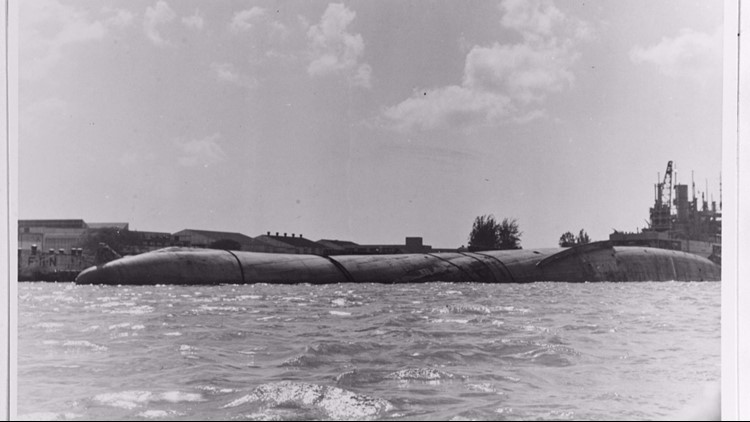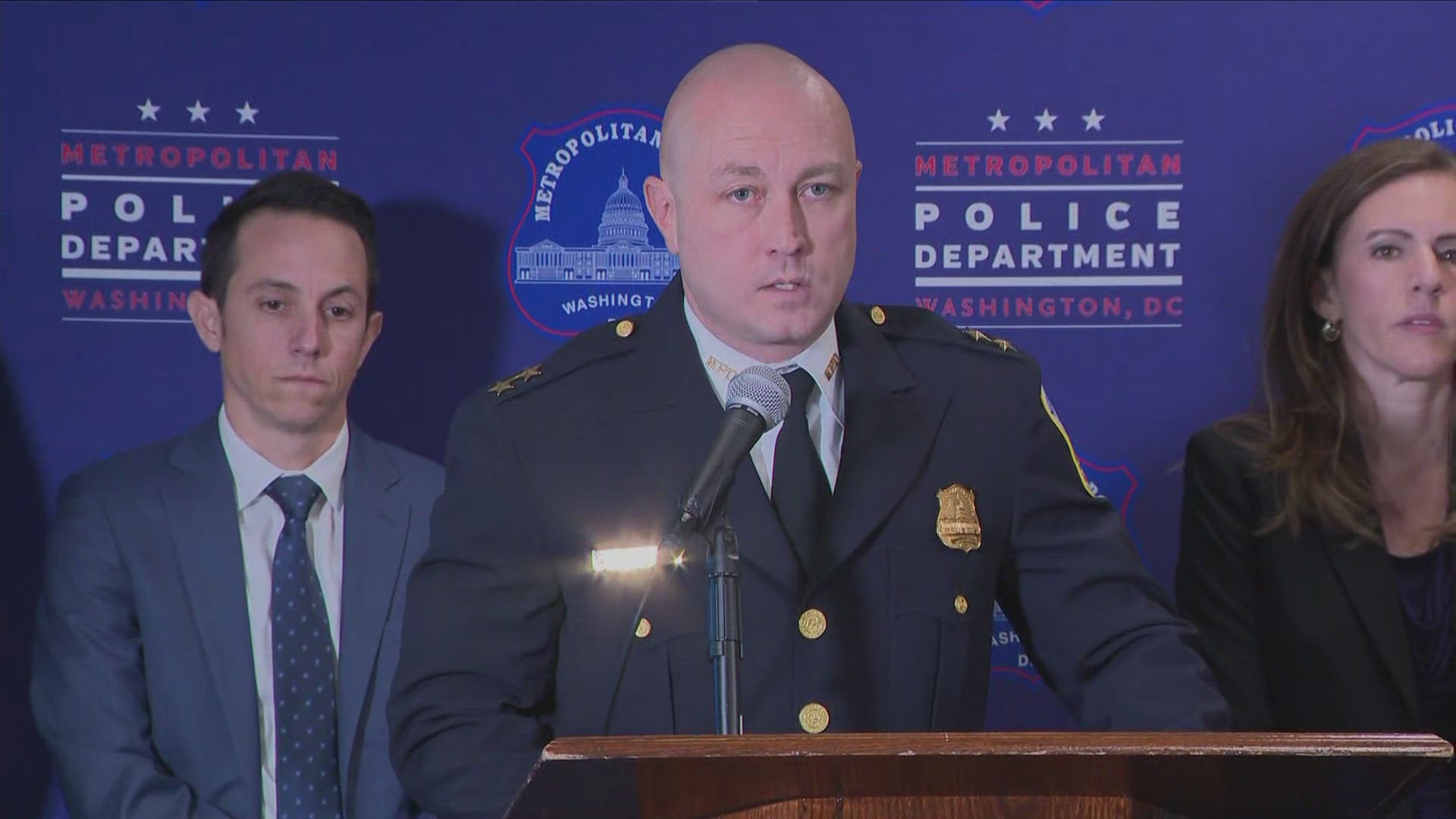In addition to strategically vital "Battleship Row", the Japanese thought two other areas were important enough to warrant attention from the initial Pearl Harbor attack wave's torpedo planes. These were the long 1010 Dock at the Navy Yard, and the fixed moorings on the western side of Ford Island, both of which might hold battleships or aircraft carriers.
On the morning of 7 December 1941, the latter location was occupied by the seaplane tender Tangier, the old target and training ship Utah and the light cruisers Raleigh and Detroit. Six aerial torpedoes were launched against these ships, of which three hit, sinking one vessel and nearly sinking another.
Photos: The attack on Ford Island
The thirty-year-old Utah, which had been converted from an obsolete battleship ten years earlier, received two torpedoes, completely overwhelming her very limited ability to absorb underwater damage. She capsized to port in about ten minutes, coming to rest with her bottom in the air. As Utah's crew were abandoning ship and swimming through the oily water to Ford Island, they were the target of machine-gun attacks by Japanese planes.
Although ten trapped sailors were later cut free from her upturned hull, about sixty were lost with their ship. Utah was partially turned upright in 1943-44 but was not further salvaged. Her remains are now the site of a small memorial.
USS Raleigh was hit by one torpedo and a bomb. Of an old and not very sturdy design, she barely avoided capsizing, but her crew, assisted by a salvage barge and a tug, kept her upright and afloat. Major repairs returned Raleigh to the active fleet in a a little over a half-year.
Also damaged west of Ford Island was the seaplane tender Curtiss, hit by a crashing enemy dive bomber, plus one bomb and fragments of another during the second wave attack. Curtiss was also unsuccessfully attacked by a Japanese midget submarine, which fired a torpedo at the seaplane tender and was then promptly sunk by the destroyer Monaghan.



